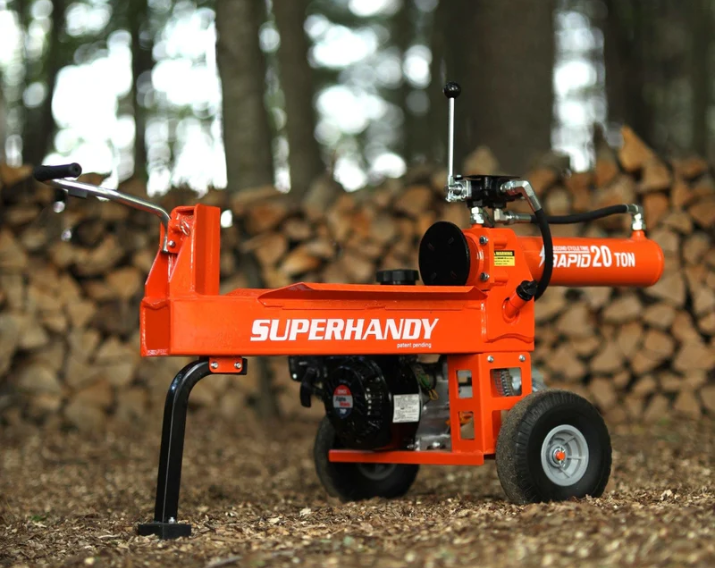
When you choose a log splitter, start by thinking about your wood’s hardness and log diameter. Matching the right power keeps splitting safe and fast. For example, a 12-inch log may need 12 to 22 tons of force. Also, cycle time matters, especially if you split wood often.
Identify Your Wood and Log Needs

Hardwood vs. Softwood
When you pick a log splitter, start by looking at the type of wood being split. Hardwoods like oak, maple, and hickory are tougher and need more force. Softwoods such as pine, fir, and spruce split easier. Here are some common woods you might see:
Firwood: Strong and light, often used in building.
Hemlock: Durable softwood, good for construction.
Pinewood: Handles shock well, great for busy areas.
Spruce: Easy to work with, but not as tough.
Mahogany: Moisture-resistant hardwood.
Maple Wood: Smooth grain, looks nice.
Oak Wood: Very stable and strong.
Hardwoods have more fibers packed together. This makes them harder to split, but they hold nails better. Softwoods have fewer fibers, so they split easier and are less likely to crack when you work with them.
Wood Type |
Tonnage Rating |
|---|---|
Aspen, Basswood |
350-420 |
Spruce, Fir |
510-710 |
Pine, Cedar |
860-900 |
Black Cherry, Red Maple |
950 |
Black Walnut |
1,010 |
Ash, American Beech |
1,300-1,320 |
Red Oak, White Oak |
1,290-1,360 |
Sugar Maple, Birch |
1,450-1,470 |
Hickory, Black Locust |
1,700-1,820 |
Osage Orange |
2,040 |
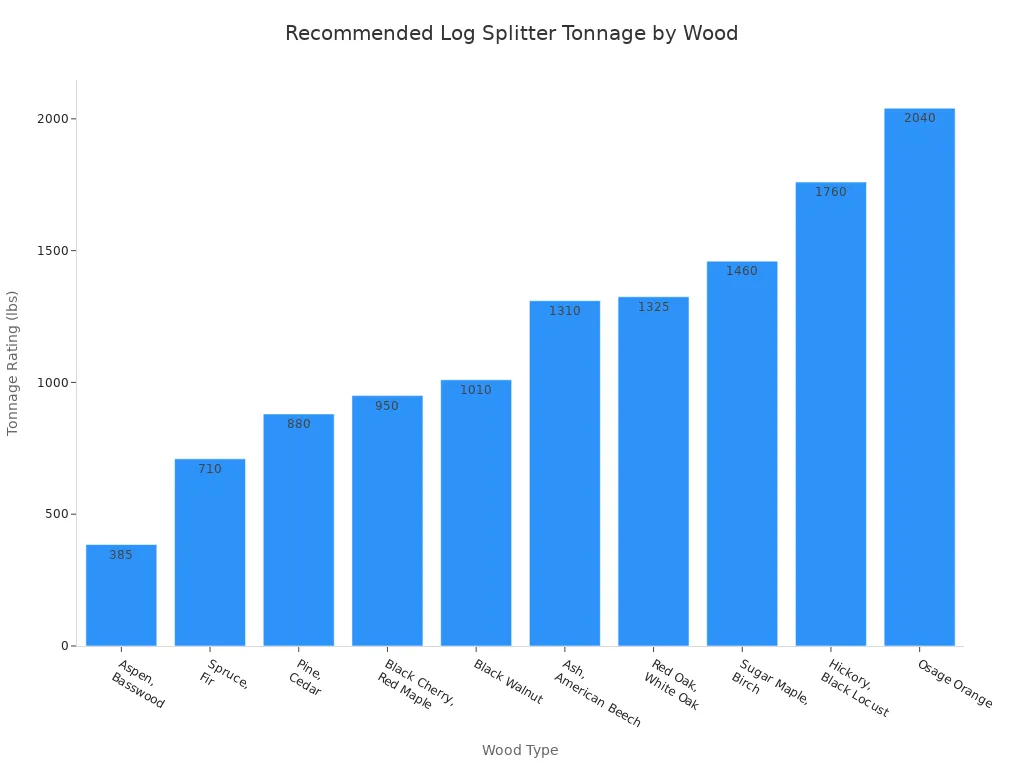
Green vs. Dry Wood
You might wonder if green or dry wood splits easier. Most people say green wood is easier to split, even for hardwoods like oak or hickory. Dry wood can be tough, especially for firewood. Sometimes dry logs build up pressure and pop, making them harder to split. Some woods, like black walnut, stay tricky even when green, but most split better when fresh.
Green wood splits easier, especially hardwoods.
Dry wood can be harder and may pop when split.
Some woods, like shagbark hickory, split best when green.
Log Size and Frequency of Use
Think about how big your logs are and how often you split them. If you split logs only a few times each year, a manual or electric splitter works fine. If you split wood often or have big logs, you need a stronger machine. For regular or heavy-duty use, gas-powered or hydraulic splitters save you time and effort.
Casual use: Manual or electric splitters work well.
Regular use: Electric splitters with more force help.
Heavy-duty use: Gas or hydraulic splitters handle big jobs.
Choosing the right log splitter depends on your wood type, moisture level, log size, and how often you split. This helps you get the job done safely and quickly.
Log Splitter Types & Key Features
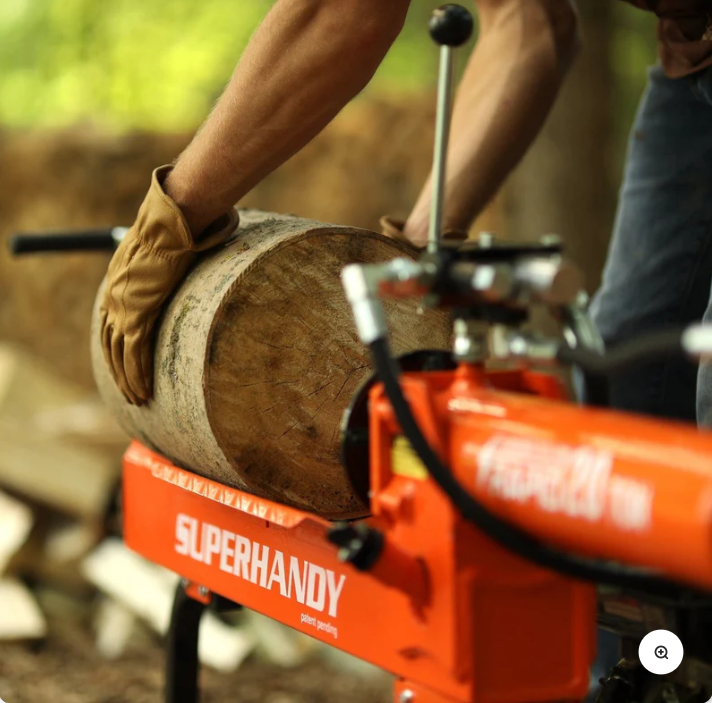
Manual, Electric, Gas, Hydraulic Splitters
You have a lot of choices when it comes to wood splitters. Each type works best for certain jobs and wood types. Here’s a quick look at how they compare:
Type |
Operation Characteristics |
Maintenance Needs |
|---|---|---|
Manual Log Splitters |
You use your own strength. These are portable and cheap. |
Very little maintenance, but lots of effort. |
Electric Log Splitters |
Plug them in and go. They run quietly and are easy to use. |
Easier to care for than gas models. |
These pack a punch. They work anywhere and handle big jobs. |
Need fuel and regular tune-ups. |
|
Hydraulic Splitters |
Use a pump for power. They work on many log sizes. |
Check the fluid and pump often. |
Manual wood splitters work well for small jobs and softwoods. You can carry them anywhere, but they need muscle power.
Electric wood splitters are great for moderate use and smaller logs. They are quiet and simple to use, making them perfect for backyards or garages.
Gas-powered wood splitters handle large logs and tough hardwoods. You can use them in the woods or on a job site.
Hydraulic wood splitters are the most versatile. They can split many types of wood and handle different log sizes.
Tip: If you only split a few logs for firewood each year, a manual or electric model might be all you need. For bigger jobs or hardwoods, gas or hydraulic splitters save you time and effort.
Splitting Force and Power Source
The splitting force, measured in tons, tells you how much power a wood splitter has. You want to match this force to your wood type and log size.
Type |
Splitting Force (Tons) |
|---|---|
Electric |
6 to 10 |
Gas |
25 (up to 30+) |
Electric wood splitters usually give you 5-10 tons of force. This is enough for softwoods and smaller logs.
Gas wood splitters start at 20 tons and go up to 30 or more. These are best for dense hardwoods and big logs.
If you try to split a large, tough log with a small splitter, you might get stuck or damage the machine. Always check the log diameter and wood type before you pick your splitter.
Note: Many people make the mistake of choosing a manual splitter for tough hardwoods or logs that are too big. This can lead to frustration and even damage your splitter. Make sure your splitter matches your wood.
Portability and Usage Location
Where you plan to use your wood splitter matters. Some models are easy to move, while others need to stay in one spot.
Manual and electric wood splitters are light and easy to carry. You can use them in your backyard or even take them to a remote spot.
Gas and hydraulic wood splitters are heavier, but many come with wheels or can be towed behind a truck or ATV.
Some heavy-duty models, like the FS500 Log Splitter, have a trailer frame, stabilizing hitch, and LED lights for road use.
The 27-Ton Log Splitter fits in most truck beds and can be towed with DOT-approved wheels.
The 28 Pro Log Splitter is compact and has a removable drawbar, making it easy to store and move.
Small forestry businesses and even rescue teams use electric wood splitters in remote areas because they are portable and have low emissions. If you need to split wood far from home, look for a model that is easy to move and set up.
How to Choose the Right Wood Splitter
You want to choose the right wood splitter for your needs. Here’s a simple step-by-step guide:
Figure out what kind of wood you will split most often. Is it hardwood or softwood? Always plan for the hardest wood you might use.
Check if your wood is green (fresh) or dry. Green wood can be harder to split and may need more force.
Measure the size of your logs. Think about the biggest logs you might split now or in the future.
Decide how often you will use your wood splitter. For rare use, a manual or electric model works. For regular or heavy-duty use, go with gas or hydraulic.
Think about where you will use your splitter. If you need to move it a lot, pick a portable model with wheels or a trailer hitch.
Match the splitting force to your wood and log size. Don’t pick a splitter that is too weak for your needs.
Remember: The most common mistake is picking a splitter that can’t handle your wood type or log size. Always check the specs before you buy.
If you follow these steps, you will find the best wood splitters for your job. The right choice makes splitting wood safer, faster, and a lot less work.
Quick Reference: Match Wood to Splitter
Wood Type vs. Recommended Splitter
Choosing the right wood splitters for your wood type makes splitting easier and safer. If you often split hardwoods like oak, maple, or birch, you need a powerful machine. Chainsaw log splitters work well for these dense woods because they offer clean cuts and handle tough jobs. You can also use them for softer woods like pine, which split more easily. Manufacturers use the Janka Scale to match wood splitters to wood hardness. This scale helps you pick the right tonnage and features for your needs. When you split firewood, always check the wood’s density before you choose your splitter.
Tip: If you split a mix of hardwoods and softwoods, pick wood splitters with adjustable force. This gives you flexibility for different jobs.
Log Size vs. Tonnage
Log diameter matters when you select wood splitters. Bigger logs need more force. Here’s a quick guide to help you match log size to the right tonnage:
DIAMETER |
4+ TONS |
12+ TONS |
20+ TONS |
27+ TONS |
|---|---|---|---|---|
6 INCHES |
4+ |
N/A |
N/A |
N/A |
12 INCHES |
N/A |
12+ |
N/A |
N/A |
18 INCHES |
N/A |
N/A |
20+ |
N/A |
24 INCHES |
N/A |
N/A |
N/A |
27+ |
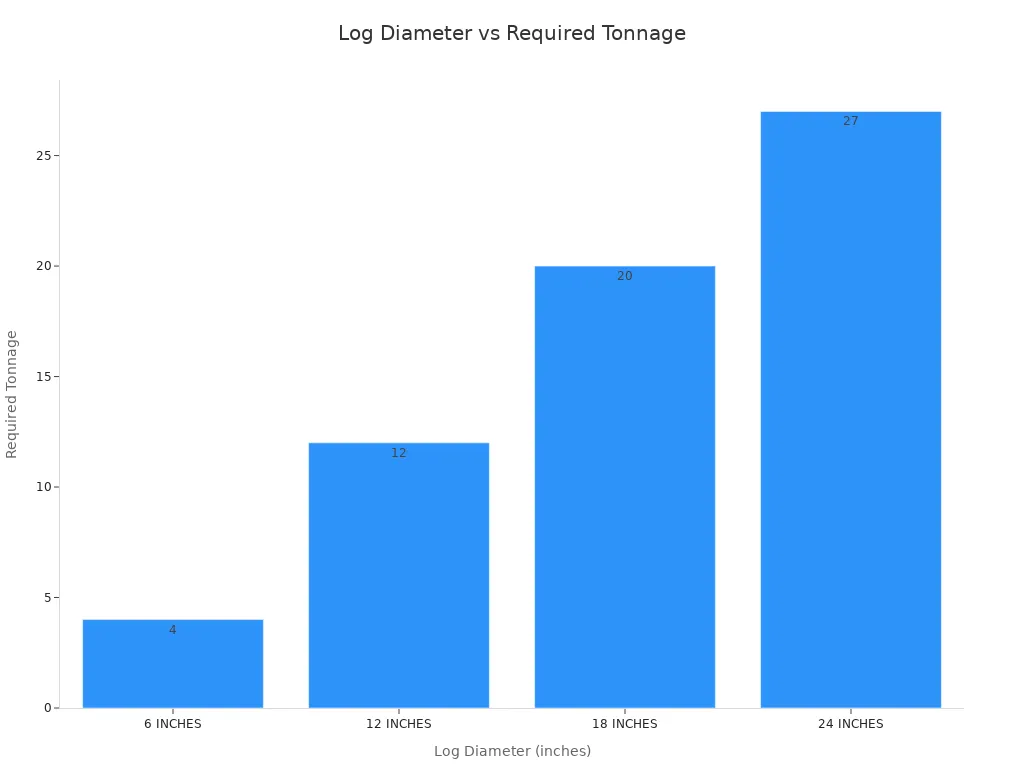
Industry guidelines say you should measure your logs and check if they are green or seasoned. Green logs often need more force. For example, a 6-12 inch seasoned log needs about 4 tons, but a green log of the same size may need 16 tons. Always match your wood splitters to the largest log you plan to split.
Note: Wood splitters with higher tonnage handle bigger logs and tougher woods. If you split logs often, invest in a model that matches your workload.
You can pick the best log splitter by following these steps:
Measure your logs and check if they are hardwood or softwood.
Choose the right tonnage for your wood type and log size.
Decide how often you will split wood.
The right splitter keeps you safe and makes splitting much easier.
Safety features and proper use help prevent accidents and jams.


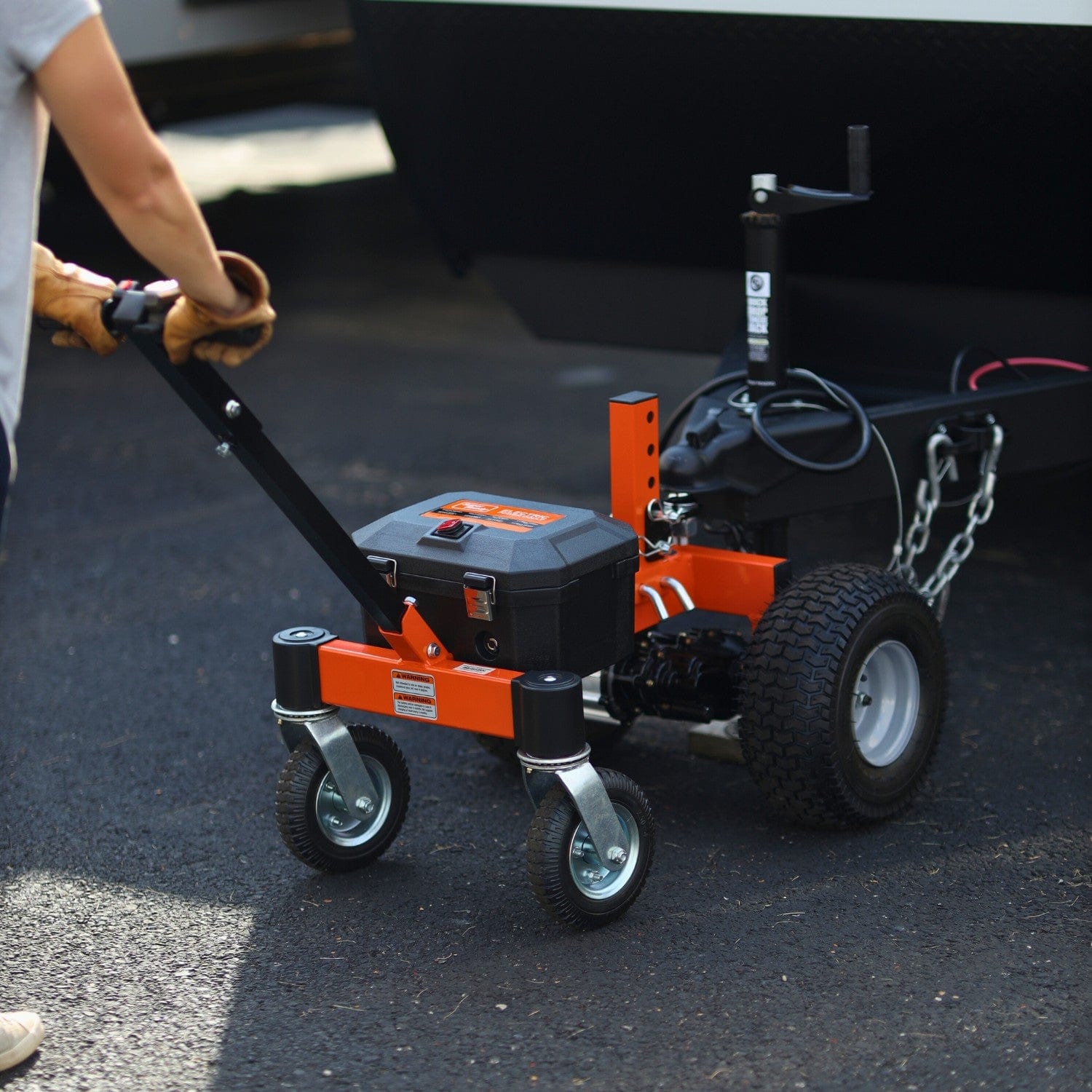
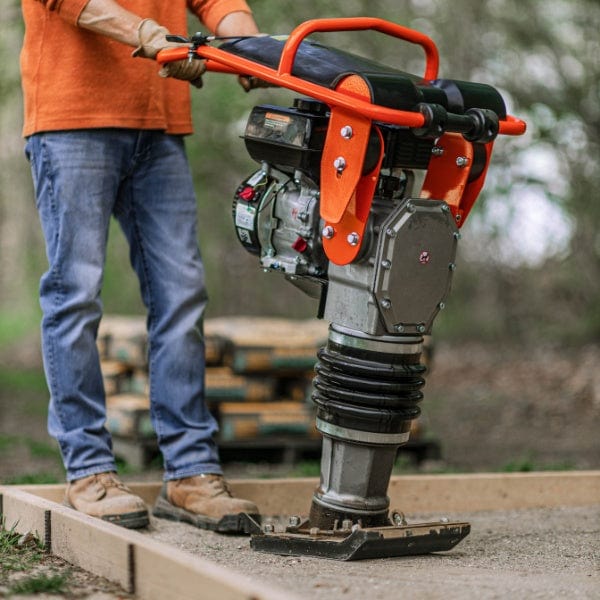
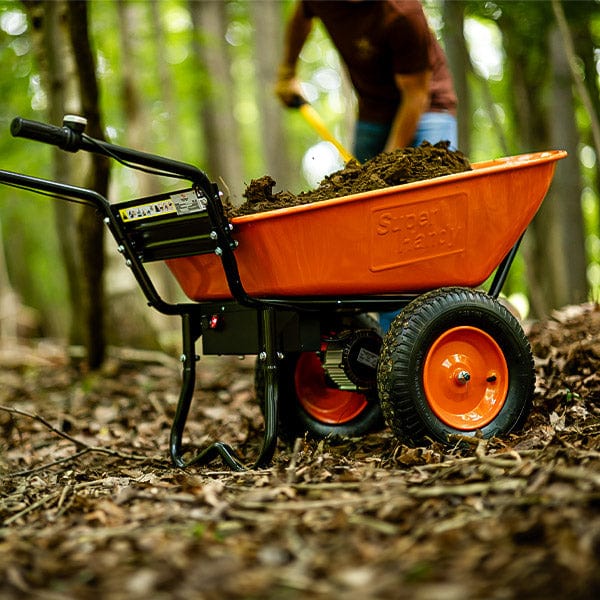


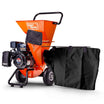
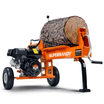

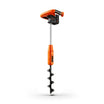
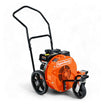



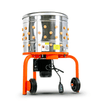
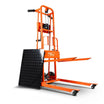

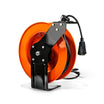

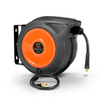


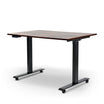


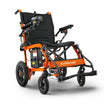


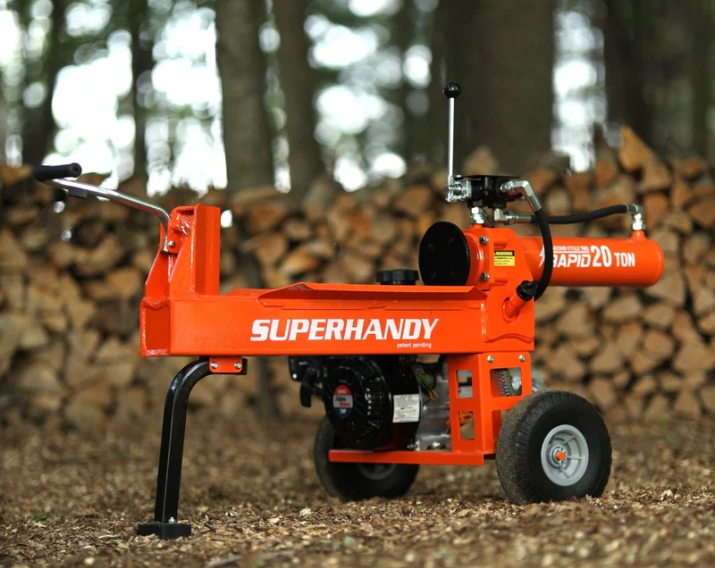
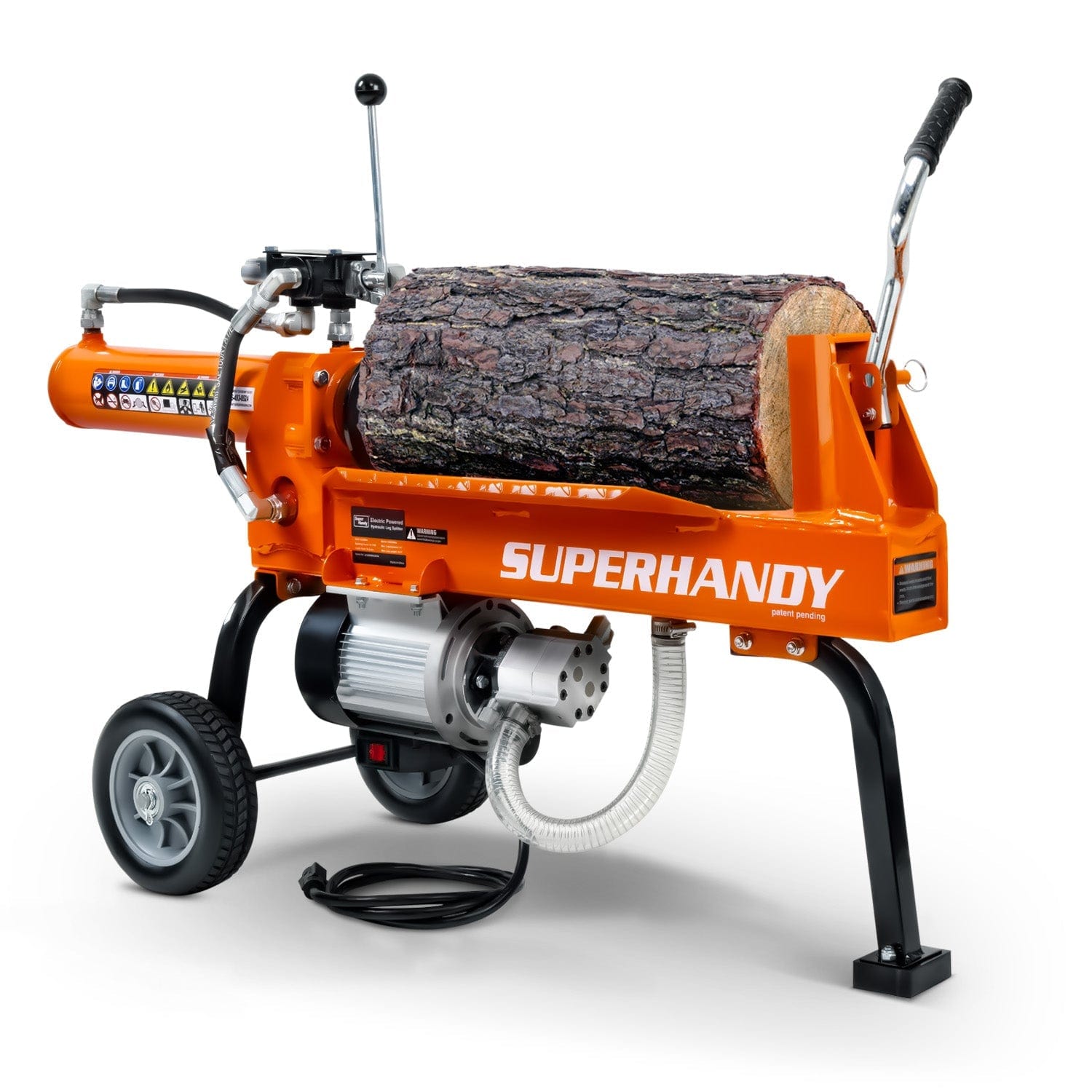
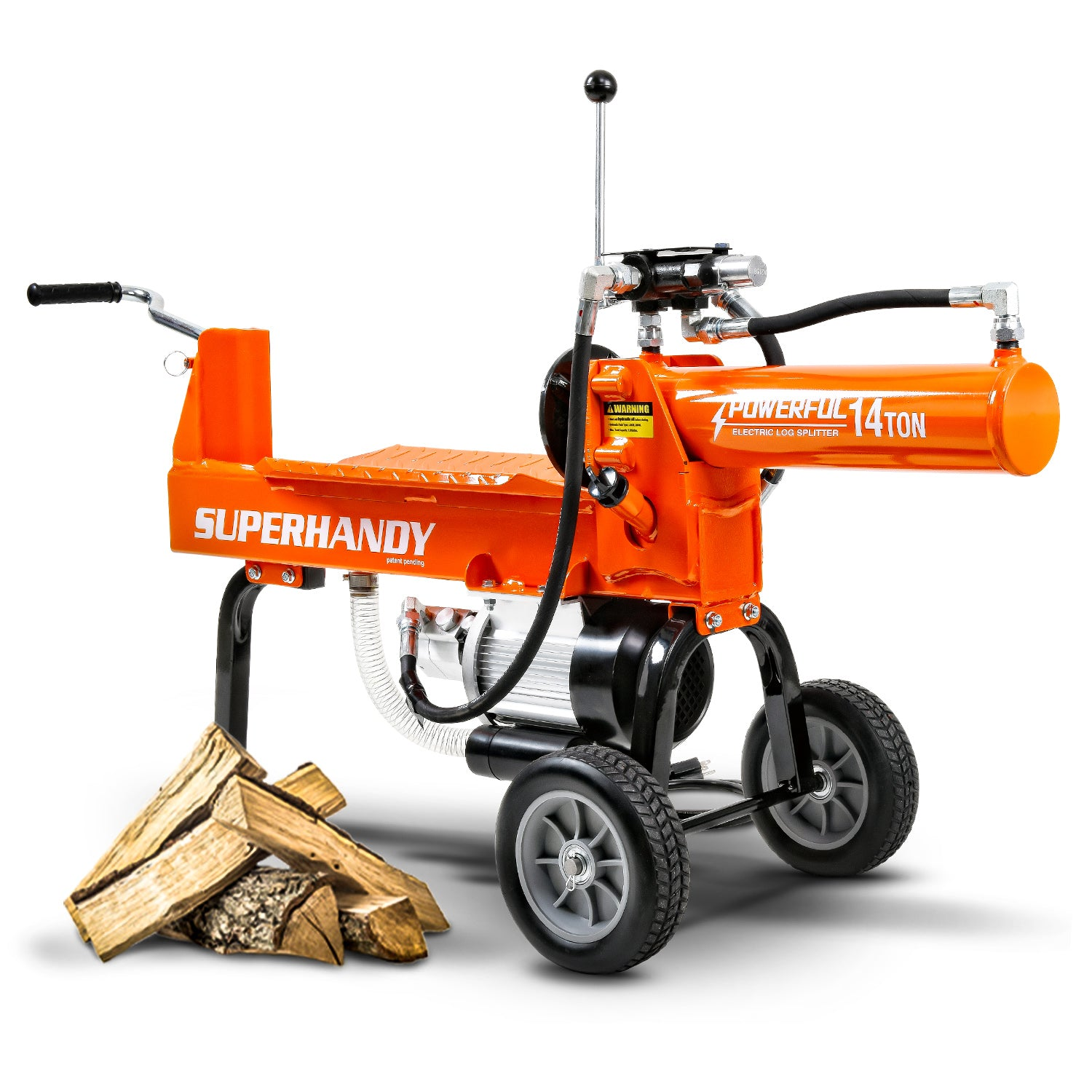
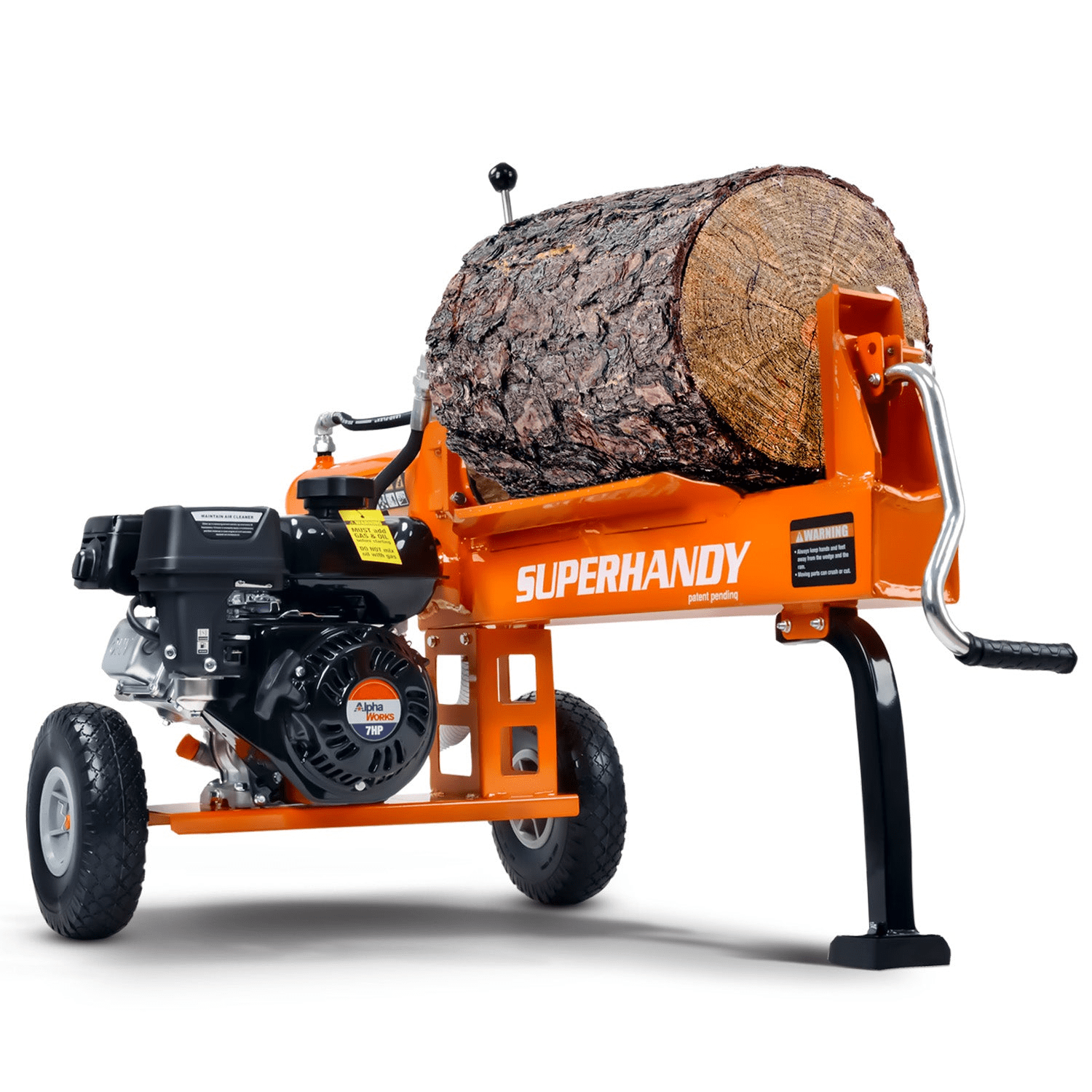
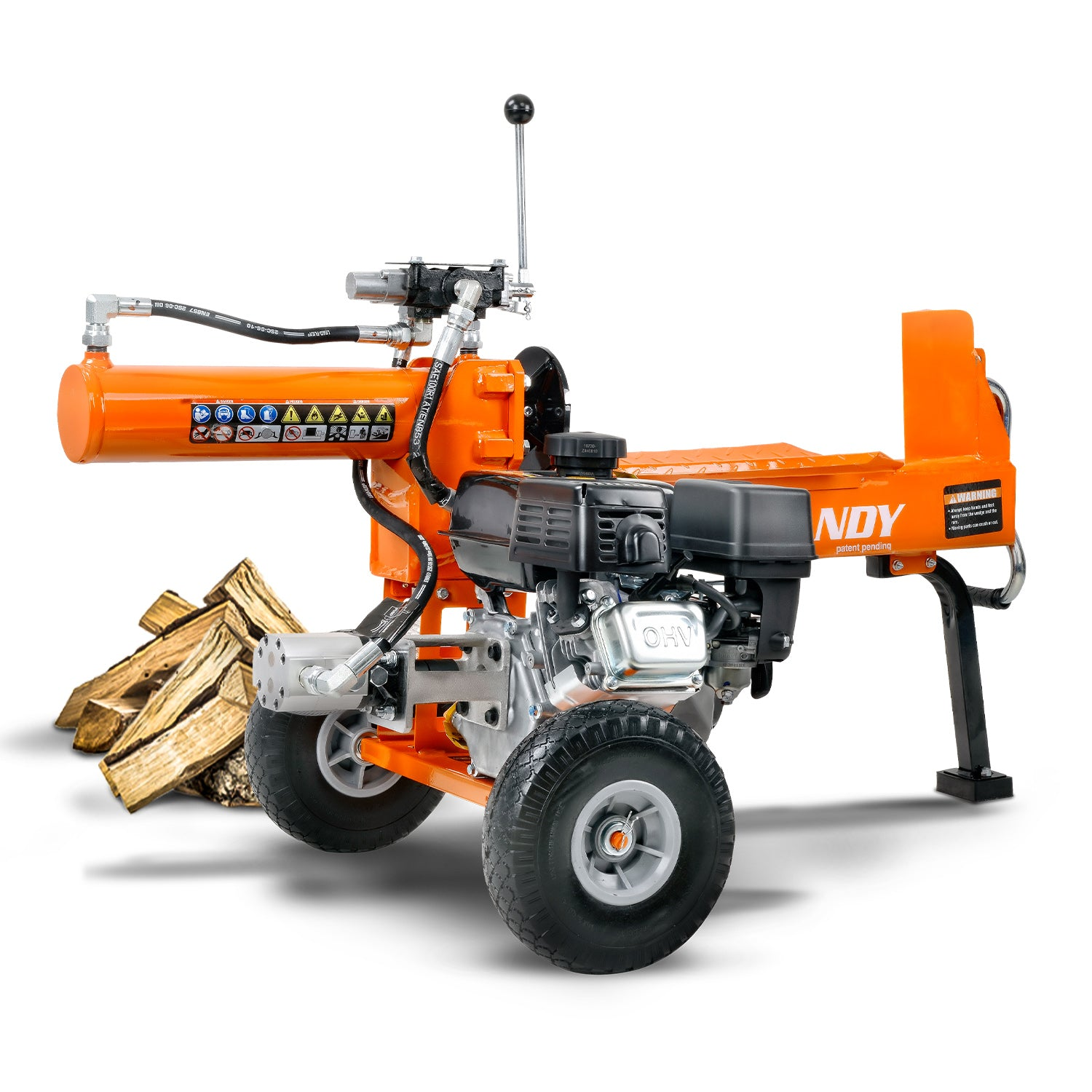
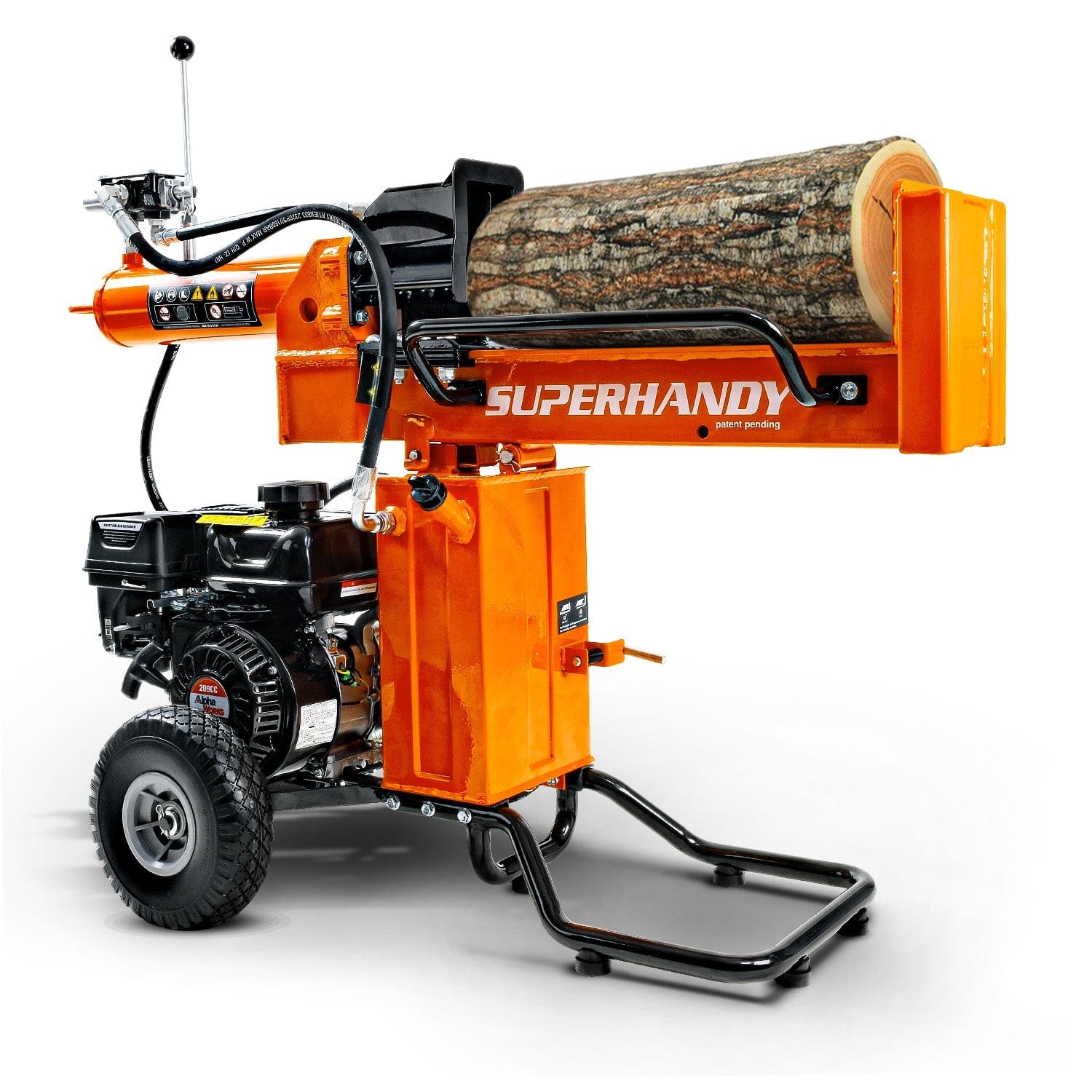



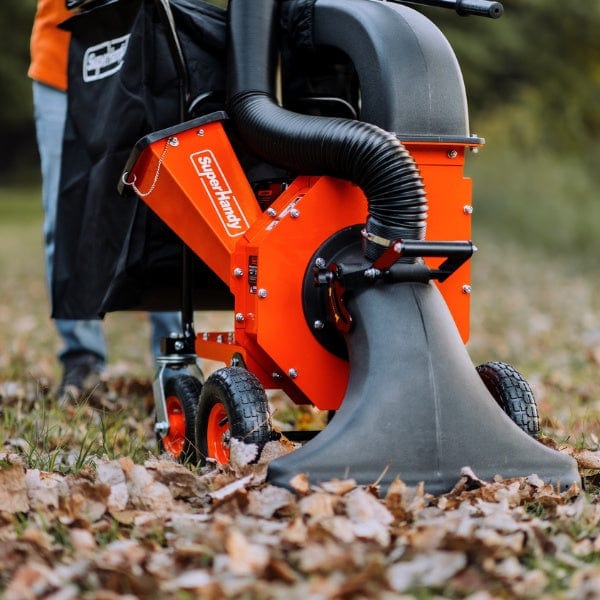
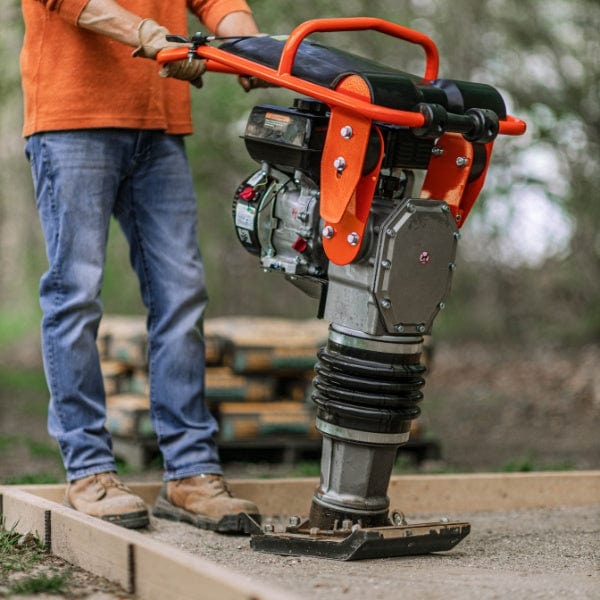

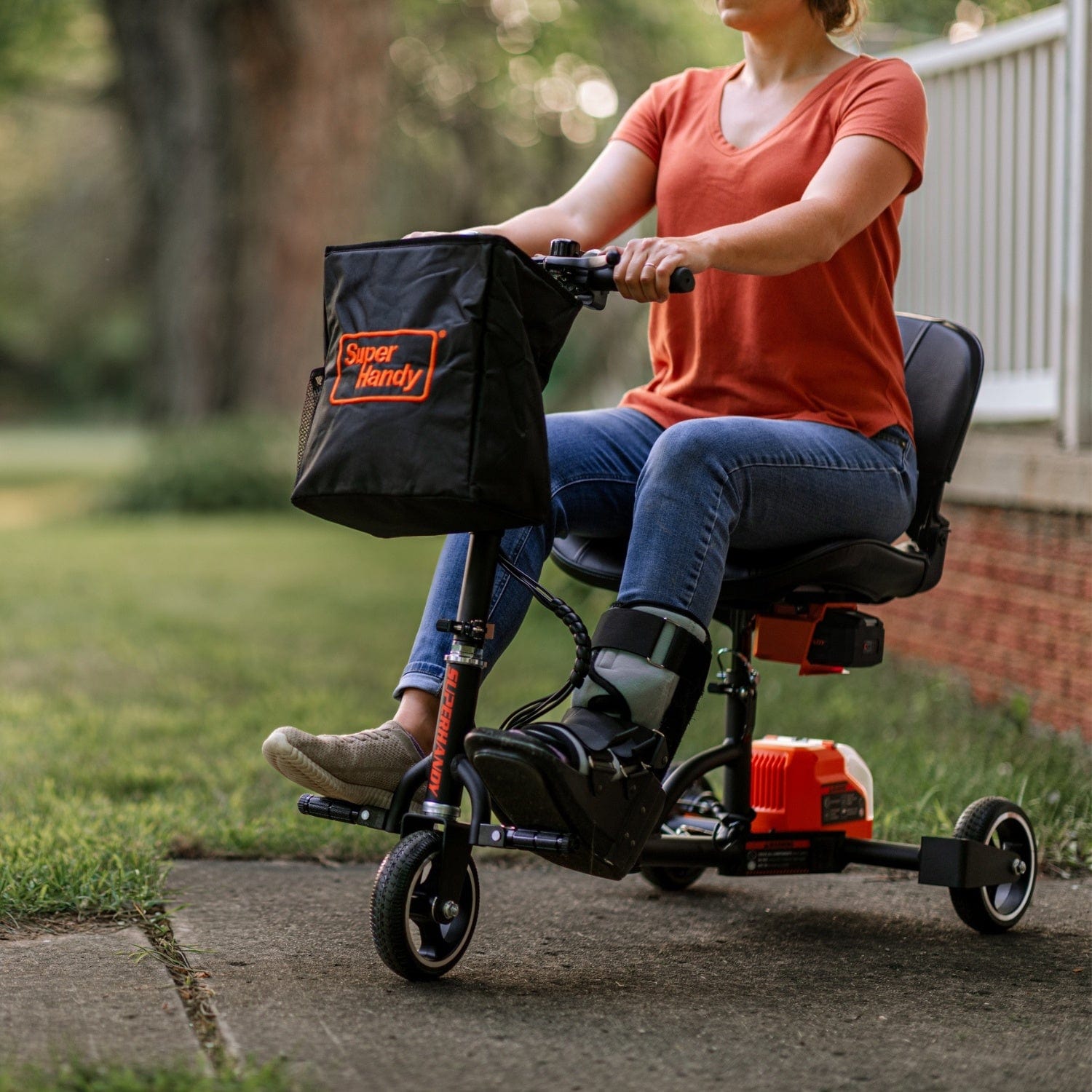
Leave a comment
All comments are moderated before being published.
This site is protected by hCaptcha and the hCaptcha Privacy Policy and Terms of Service apply.